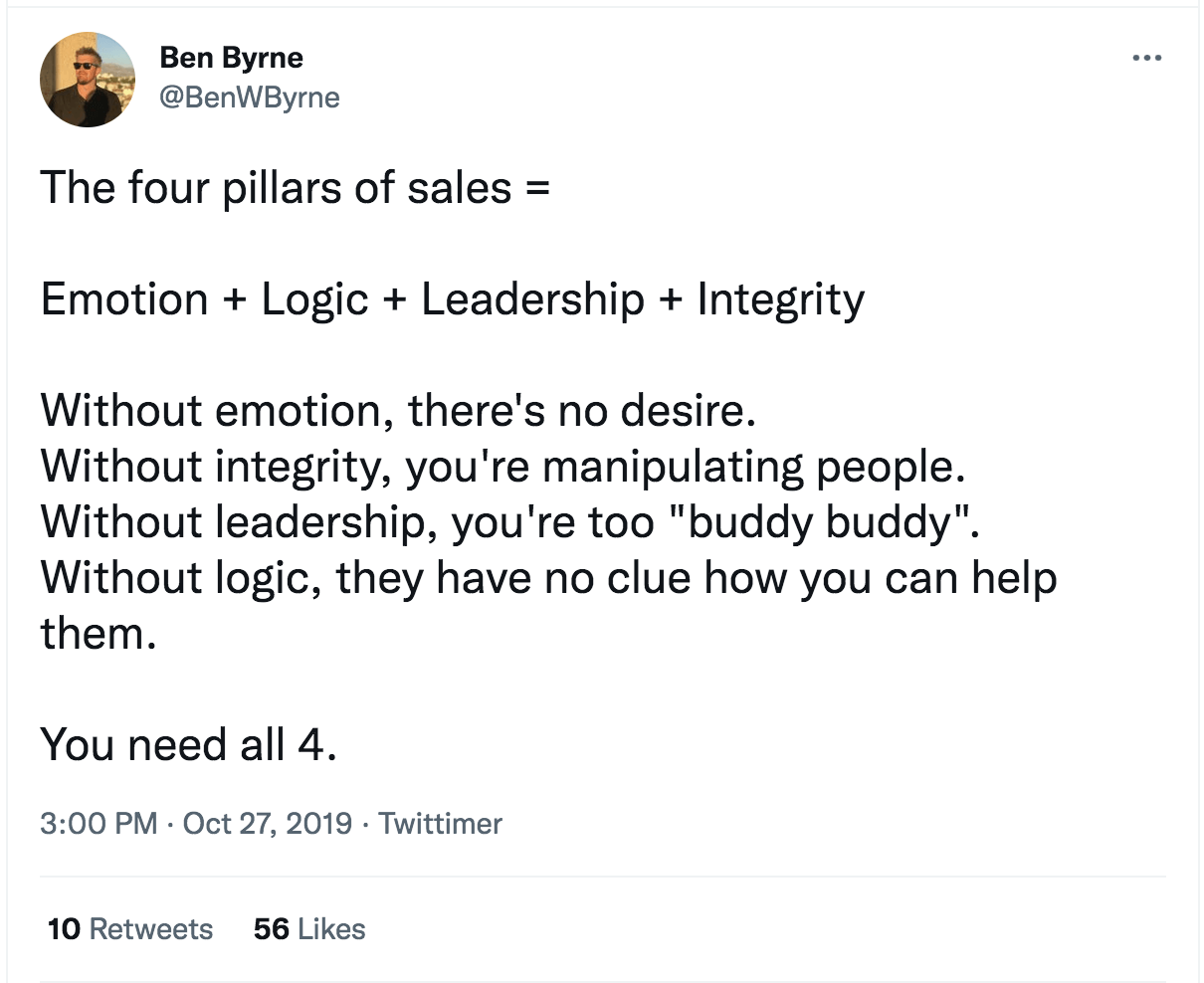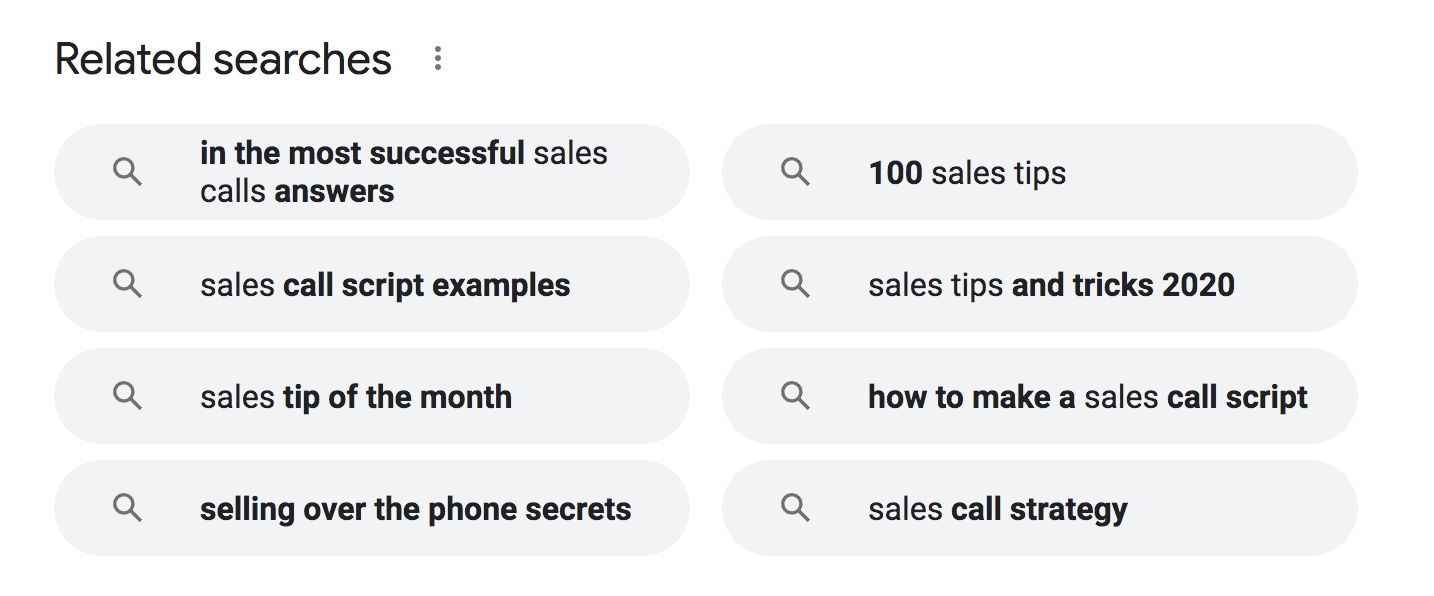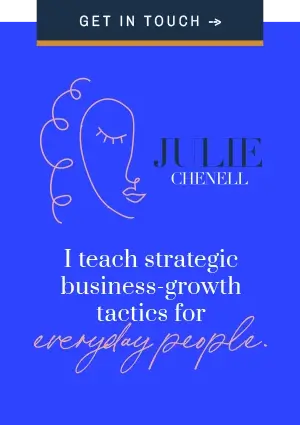It’s like the quintessential question of the hour. Of the year.
Business owners who’ve relied so heavily on Facebook Ads now are staring down high costs, fewer conversions, and more headache. We have to pivot. We can’t just “wish” for better days, or say, “Oh well my business worked when I had 4x ROAS.” The time for grieving is over. We’ve got work to do, and the longer you stare at the past, the further behind you will get.
First, let’s simply break down the FOUR big buckets of traffic when you’re looking for new audiences.
- Social
- Search
- Relationship
- Paid
Social Traffic
It’s helpful to sit down and give yourself a grade on how well you use each of the following platforms. Bonus points if you can grade how well you promote EACH product on said platform. Social traffic is interesting because you’re interrupting people who are on the platform, and trying to create sticky content that gets them excited to actually follow you and see what more you have for them. This traffic is fleeting. The whole goal of this traffic is to get them on your email list or somewhere where you can continue to market to them.
- Facebook Profile (we’re not including a FB page since that’s primarily for paid traffic)
- Facebook Group
- Instagram Posts
- Instagram Stories
- Instagram Reels
- IGTV
- TikTok
Search Traffic
Search is fundamentally different from social since this is targeting people who are actively looking for you! This is all about being clear. Showing up at the right time when they are like “Hey I need help with xyz.” This type of traffic grows over time.
- YouTube
- Amazon
- Podcast
- Apps
Relationship Traffic
This is a high value type of traffic, but comes with its own set of SOP’s and work. However, you’ll find this traffic over time works even when you’re not.
- Dream 100
- Affiliates
- Public Relations/Media
- Licensing
- Referrals
Paid Traffic
Here’s where most of it gravitate because it seems the easiest.
- FB/IG
- YT/Google
- TikTok
Then there are four big buckets of marketing you can do internally to your existing audience.
- Launches
- Product Spotlights
- Upgrades
Launches
Launches are simply a way to concentrate your marketing efforts around some scarcity or urgency to drive sales. Here are just a few types of launches:
- Webinar
- Workshop
- Events
- Challenges
Email Campaigns
This is where you use email to market to your audience to help them make purchases (either new ones or get them back on track when they abandon the cart)
- Abandon Cart
- Fulfillment
- Nurture
Product Spotlights
How can you spotlight a product to your audience without going through a whole big launch? Sometimes just being top of mind is enough to remind people to buy.
- Newsletter
- Text
- FB Group
Upgrades
After someone becomes a customer, where and how can you strategically place upgrades so you can up your average cart value?
- In Course
- Order Confirm
- 2nd Chance OTO
Okay so you have the four big buckets of cold traffic marketing channels and the four big buckets of warm traffic marketing channels, and now it’s time to put a marketing plan together.
Step One: Figure out what products you want to feature internally to your WARM audience
You can do this on a quarterly basis or a yearly. I think quarterly is easier because so much changes. Look at your product suite and decide what offers you want to feature with your audience. This will drive your WARM traffic marketing plan for the quarter. Maybe you want do a launch, or perhaps you want to focus on adding upgrades in a course with an email sequence that leads them to the next product. Choose ONE big marketing initiative per month to focus on (unless you have a giant launch, then it may spill to two or three months). If you have a team, you can obviously focus on more. Overall, you should be able to do one to three things with your product suite that help drives more sales to your internal audience.
Some of these things are operational that you put in place and then just run.
For example, maybe you decide to do a weekly product spotlight in your Facebook group on a product. Take a month to get the tools, people, and SOP in place and then let it run in your weekly routine in your business.
Step Two: Create your content topics for the quarter for your COLD audience
So let’s say you’re doing this for Quarter four. There are 12 weeks in this quarter, plus some holidays. Use the calendar and pick out content that you can focus on each week. One piece of big content per week is probably a good way to start. If you know that you’re doing an internal launch for Black Friday for example, you can skip that week. Either way, make sure you have one good piece of content ready to rock for each week where you’re not doing a big launch.
How do you pick topics?
A lot of people struggle to come up with ideas, and I understand that can be tricky. You should have five or six big topics you cover in your business, and for me it’s business, leadership, money, marketing, ethics, productivity. Pick your five big buckets and then start hunting for inspiration.
I use Twitter and Instagram, but you can use Facebook groups, sites that help you find keywords, Google search, even Amazon reviews! There are a million ways! Don’t try to drum up topics with a blank piece of paper. The best way to pick out topics is to be problem focused. Think about all the issues and complaints you hear/see everywhere. Then take to social and search on that problem and see if it sparks an idea.
So I found this tweet that seemed to have good engagement.

From this I thought, well what are the problems around sales? People don’t know how to create desire for their products. They don’t know the line between manipulating and good sales. They don’t know how to be an authority in their niche. They don’t know how to craft a logical argument. So here I could write four blog posts (or podcast episodes)….
- How To Create Desire For Your Product (even when it’s a boring product)
- 6 Tips For Crushing Sales Calls Without Using Manipulation Or Slimy Sales Tactics
- How To Be The Go To Authority In Your Market (even if you feel like an imposter)
- Crafting Your Impenetrable Sales Argument That No One Can Say No To
I now have four ideas.
Step Three: Figure out which content works best for the buckets you have (Social, Search, & Relationship)
Some topics are better as blog posts. Or YouTube videos. Or content for your affiliates. As much as we want ALL content to be leveraged everywhere, it’s just not always the case. Especially when you’re thinking about search traffic vs. social traffic. Search traffic is actively looking for a solution. Social traffic is looking for something that gives them a dopamine hit and makes them feel smart for sharing.
Once you have your 12 or so topics, assign them a bucket. See if you’re too top heavy in one or the other. Maybe that’s intentional while you grow that channel, but over time you want to spread out!
Of my four ideas, I think number two has the most “search” potential. So I’m going to take that headline and throw it in Google. You can get more intense with this and fancy search tools, but if you’re just beginning, just try what I’m doing.

As you can see, there’s a bunch of stuff! You might want to try to compete by doing something better than what you see here, or you can look at related searches at the bottom of the page. Those are sometimes easier.

Whatever I decide, this content will be great for my search bucket – YouTube, Amazon, Pinterest, Google, etc. You don’t have to get that content on every search channel. Just the one you’re focused on. For me, this would become a blog post and podcast episode.
I’ve decided that my number 3 headline would work great on Instagram since Imposter Syndrome is something that people struggle with and that’ll probably stop the scroll.
As for my number 4 headline, I think I’m going to create a simple little workshop and send it out to 10 influencers who I know have audiences that would love this content. See if I can provide value to their audiences with this content.
That leaves headline 1. I will do that in my Facebook Group (and then probably leverage it in other places).
Four headlines and I’ve spanned the three major buckets of Search, Social, and Relationship (we’re not focused on paid in this article because it’s an over-exercised muscle).
Step Four: Create the big pieces of content
It might be writing, recording, etc. It depends on what you decided. Here’s the most important part: You design the content for the channel you thought it would do BEST in, and that’s what matters.
For my example, I have a blog post for search traffic, an IGTV topic (that I will do a story, Reel & post about), a Facebook Group long form post, and a video training for my Dream 100 people. The original form of the content is created in the channel you’ve designed it for.
Step Five: Repurpose the content
Just because you created it for one channel, doesn’t mean it can’t be repurposed. This is the main rub I have with the repurposing stuff I see online. They give you ONE system and tell you to repeat it. But if you choose IG as your primary content creative, that content doesn’t always work on YouTube or other places. SO in this way, you’ve already created the content for the channel, and now you can see how it might be chopped up for other things.
Step Six: Add growth activities to your marketing plan
It’s not enough to just post content. For most social channels you’re trying to grow, what you do on other accounts is as important as what you put out. This means engaging with other peoples’ tweets, following folks on Instagram, sharing their content, etc. For relationship based channels, this is all about conversations, leaving reviews, investing in that relationship over time. Really the only channel that doesn’t require active engagement is the search bucket.
Takeaways
- Stop crying about Facebook Ads not working for you anymore. The ship has sailed. Time for a better plan.
- Actively work on growing marketing channels in the three big buckets besides paid (Social, Search, & Relationship).
- Break your marketing plan into two buckets – what you’re doing internally to your warm audience and what you’re doing for your cold audience.
- Choose 1-3 internal marketing objectives per quarter based on the internal channels of launches, email, product spotlights, and upgrades.
- Come up with 1 big piece of content per week for the quarter (based on the calendar and around your internal plans).
- Use inspiration to come up with topics. Don’t start with a blank slate. Think about the problems.
- Categorize that content into the bucket it works best for – social, search, or relationship.
- Create that content FOR that bucket first.
- Then figure out how to repurpose it.
- Build growth activities into your marketing (which includes engagement, leaving reviews, commenting, and sharing the love).









0 Comments